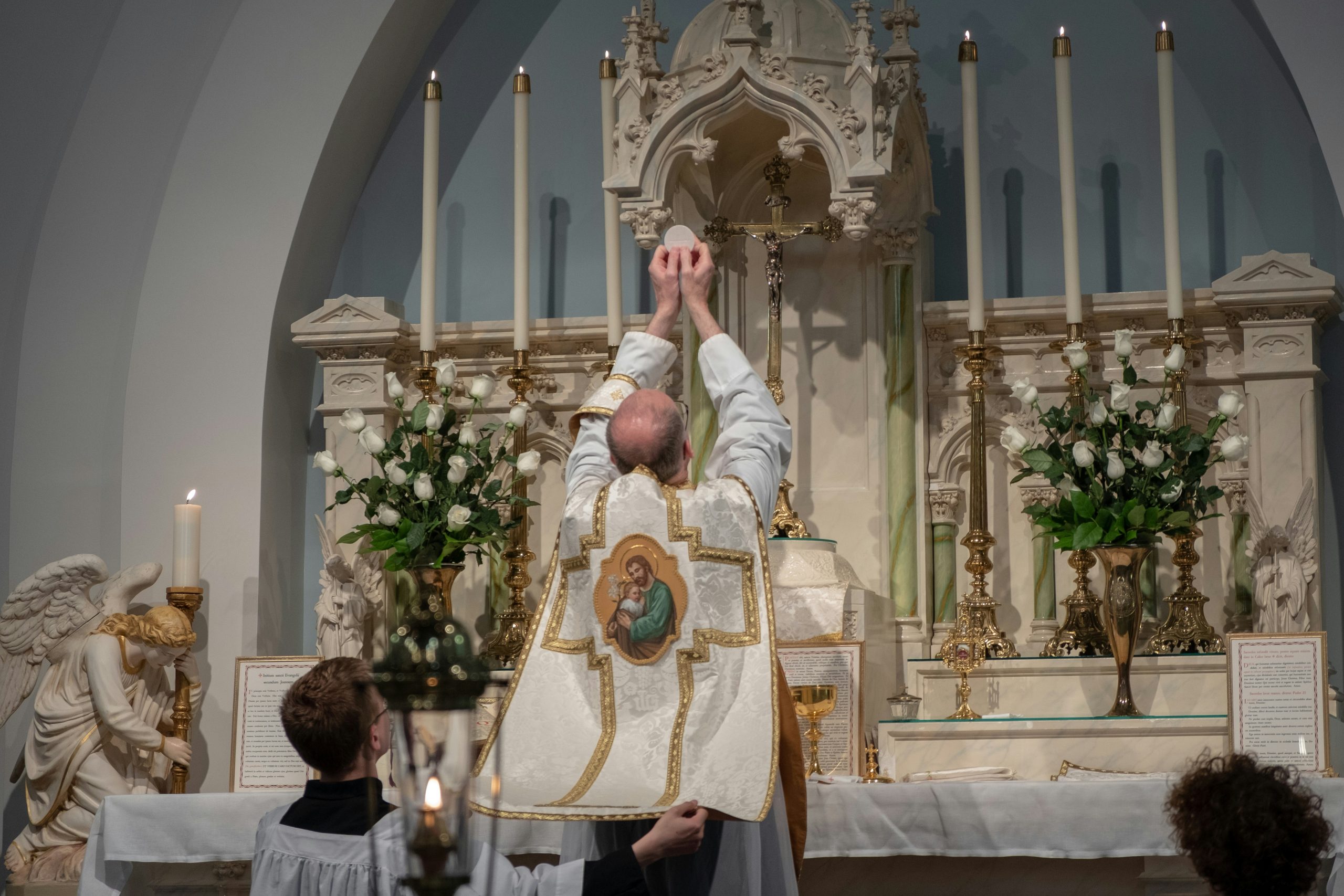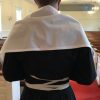No products in the cart.
Return To Shop
The Church of God in Christ (COGIC) is a prominent Pentecostal denomination, founded in 1907. Known for its deep spiritual convictions and strong emphasis on holiness, COGIC follows distinct traditions in worship and attire. The church’s dress code, one of its most notable aspects, promotes modesty and respect for the sacred space of worship. This extends not only to clergy but to lay members as well, as the way one dresses reflects one’s reverence for God.
COGIC Civic Attire
While COGIC attire is most widely associated with church services, the concept of civic attire extends to everyday life. Members are encouraged to dress in a manner that reflects the principles of holiness in all settings. For men, this might mean a well-tailored suit or slacks and a shirt, while women might opt for modest dresses or skirts. The key idea behind civic attire is to maintain a standard of dignity that aligns with the values of the church, even outside of the sanctuary.
Key Piece of COGIC Clergy Attire
COGIC clergy attire is deeply symbolic, representing the sacred calling of ministry. These garments serve not only to identify the clergy but also to reflect their roles within the church. Key pieces of clergy attire include:
- Cassocks: These long, flowing robes are often worn during formal services, representing the clergy’s dedication and their role in leading the congregation.
- Stoles: A sign of the office of the clergy, stoles are often draped around the neck during services.
- Collars: These symbolize the clerical role, often worn by priests, pastors, and bishops to denote their status in the church hierarchy.
- Cords and Cuffs: These are worn by higher-ranking clergy, such as bishops, as a symbol of spiritual authority.
Each item is intentionally designed to reflect the wearer’s role and responsibilities within the faith community.
The Meaning Behind COGIC Clergy Cords
One of the most distinctive elements of COGIC clergy attire is the clergy cords. These ornamental cords are worn by bishops and other senior members of the clergy. Traditionally, the cords symbolize the wearer’s authority and leadership within the church. Their intricate designs and placement on the attire reflect the sacredness and significance of the clergy’s role.
- COGIC Dress Code: The COGIC dress code emphasizes modesty, respect, and reverence. For men, this typically includes suits, ties, or dress shirts, while women are encouraged to wear dresses or skirts. Both should avoid clothing that is too tight, revealing, or flashy, focusing instead on simplicity and dignity.
- Class B Attire: Class B attire is worn for more informal church services or community events.
- COGIC Elders Attire: Elders in the COGIC tradition hold an esteemed position of spiritual leadership. Their attire includes special garments such as cassocks and stoles, which mark their role as authorities in the church. These garments set them apart during worship, signifying their responsibility to guide and care for the congregation.
- COGIC Communion Attire: During communion services, attire becomes especially important as the event is considered one of the most sacred in the Christian faith. The clergy will wear special vestments like cassocks and stoles, while the congregation may wear their finest clothes to honor the sacredness of the occasion. The focus here is on reverence and respect for the sacrament of the Eucharist.
- COGIC Attire for Women: Women in the COGIC faith are guided by principles of modesty in their clothing choices. The dress code for COGIC women encourages dresses or skirts that cover the knee, with sleeves and high necklines. These guidelines ensure that women dress in a manner that reflects their commitment to holiness. Dresses worn for church services are typically elegant yet simple, emphasizing grace without excess.
- COGIC Outfits for Men: For men, COGIC attire includes tailored suits, often worn with a tie, to convey respect for the worship service. In more formal settings, clergy may wear Class A vestments, which include cassocks, stoles, and other ceremonial attire. However, for daily services, Class B attire simpler and more comfortable is acceptable. The goal is to maintain a standard of dress that reflects the dignity of the office.
- COGIC Adjutant Vestments: Adjutants, or church assistants, have a unique role in COGIC worship services. They wear special ceremonial garments that often include sashes and cords, indicating their rank and duties within the church. These vestments help to visually signify the role of adjutants, who support the clergy in administrative and ceremonial functions.
- COGIC Missionary Attire: Missionaries are often sent to serve in various settings, both locally and internationally. COGIC missionary attire is designed to be modest and practical, allowing for ease of movement while maintaining respect for the holiness of their mission. For women, this typically means wearing simple, modest dresses or skirts, while men wear shirts and slacks. The attire is meant to be functional for their service while upholding the values of the church.
- COGIC Jewelry: Jewelry within the COGIC community is worn by clergy to signify their spiritual authority. This may include rings, chains, or other ceremonial pieces that symbolize the wearer’s rank, such as a bishop’s ring or a pastor’s cross. These items are not merely decorative but serve as symbols of office, faith, and spiritual leadership.
- COGIC Bookstore Habit Female Clergy Attire: Female clergy often find their habit attire through COGIC bookstores, which offer a range of modest and functional garments for women in ministry. These outfits, typically consisting of dresses or simple robes, are designed to meet the specific needs of women in leadership roles, providing both comfort and dignity in worship settings.
Conclusion
COGIC attire, whether for clergy or lay members, is a powerful expression of faith, modesty, and respect for God. Whether you’re looking for formal COGIC vestments or everyday clothing that aligns with COGIC values, there are options available that honor these traditions. At Holy Clergy, we offer a wide variety of COGIC attire, from cassocks to adjutant vestments, designed to meet the needs of clergy and church members alike.
FAQs
What is the COGIC dress code?
The COGIC dress code promotes modesty and reverence, with women wearing dresses or skirts and men in suits or dress shirts. Clergy wear specialized garments like cassocks and stoles.
What are the different types of COGIC vestments?
COGIC vestments include Class A (formal), Class B (less formal), and ceremonial garments like cassocks, stoles, and clergy cords.








Recent Comments